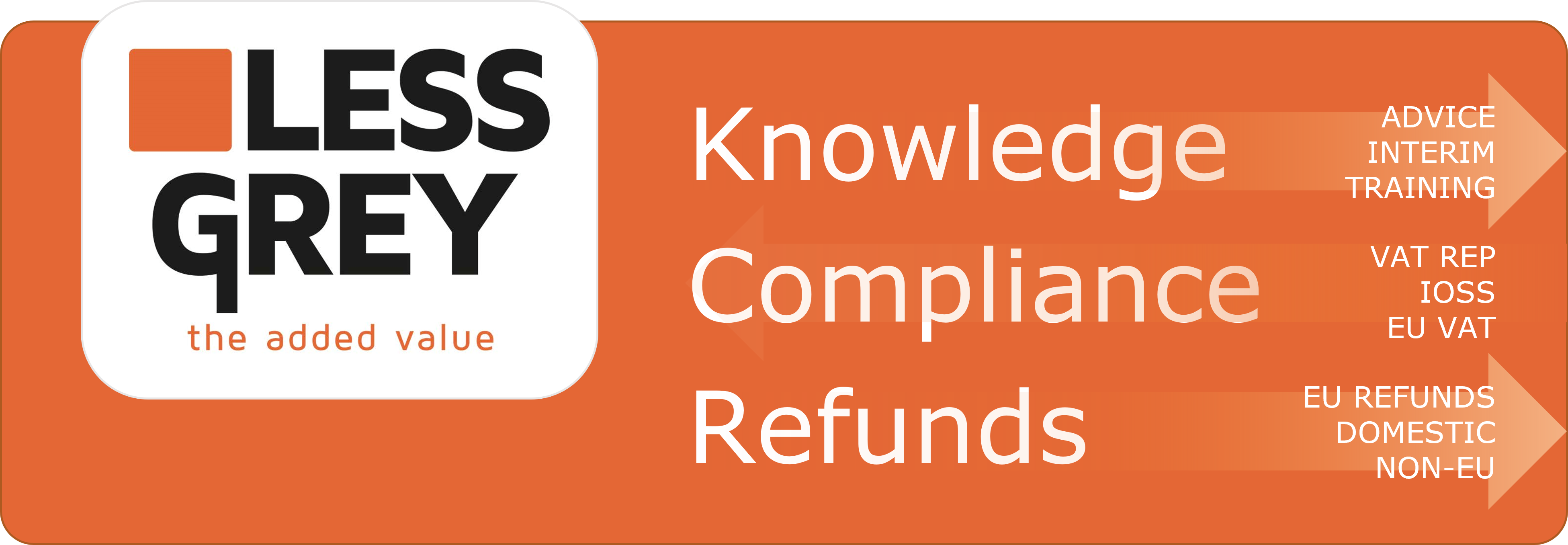4.1.3. The complaints fail insofar as they state that the interested party cannot recover the VAT, which it did not state separately when charging the commission to the private sellers, from those sellers afterwards and that that commission is therefore not subject to turnover tax or can be subjected. After all, as considered above in 3.5, the VAT that the auctioneer must pay on the declaration – also insofar as it relates to the amount designated as commission – is deemed to be included in the profit margin and therefore to have been received as such by the auctioneer.
Application of Article 3(5) of the Act in combination with the profit margin scheme corresponds, for an auctioneer who performs his auction activities under the aforementioned circumstances and conditions, with regard to the VAT to be levied from him in result, with the VAT referred to above. regulation laid down in 2006. It is therefore beyond reasonable doubt that the application of Article 3(5) of the Act in combination with the profit margin scheme, for an auctioneer such as the interested party, with regard to the liability for VAT, is in accordance with the VAT Directive 2006.
4.2 The Supreme Court has also assessed the other complaints about the Court’s ruling. The outcome of this is that these complaints cannot lead to the annulment of that judgment either. The Supreme Court is not required to state reasons for arriving at this ruling. In assessing these complaints, it is not necessary to answer questions that are important for the unity or development of the law (see Article 81(1) of the Judicial Organization Act).
Sources:















